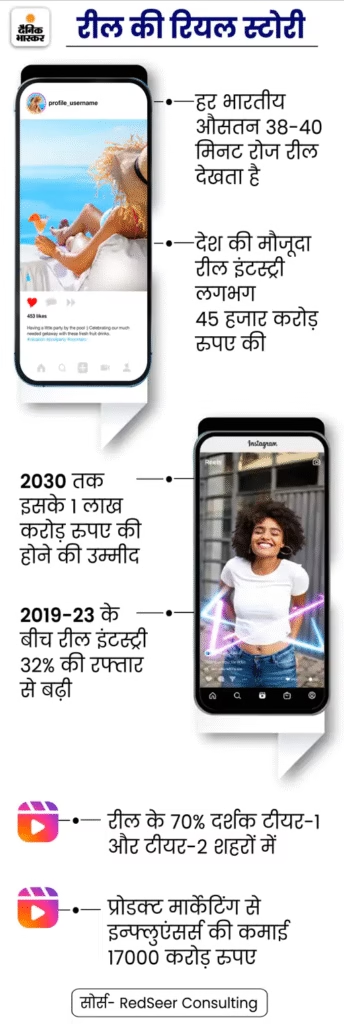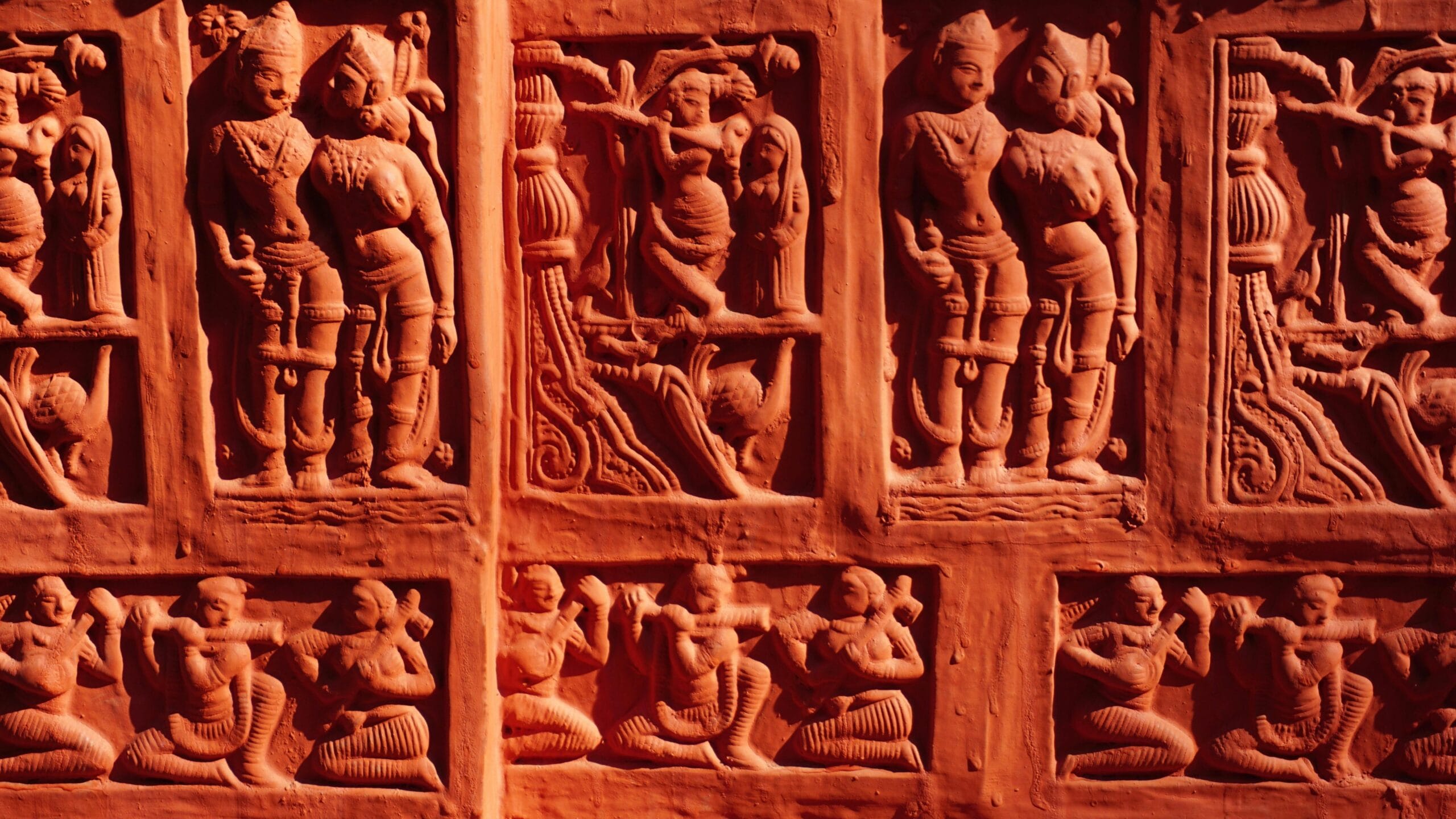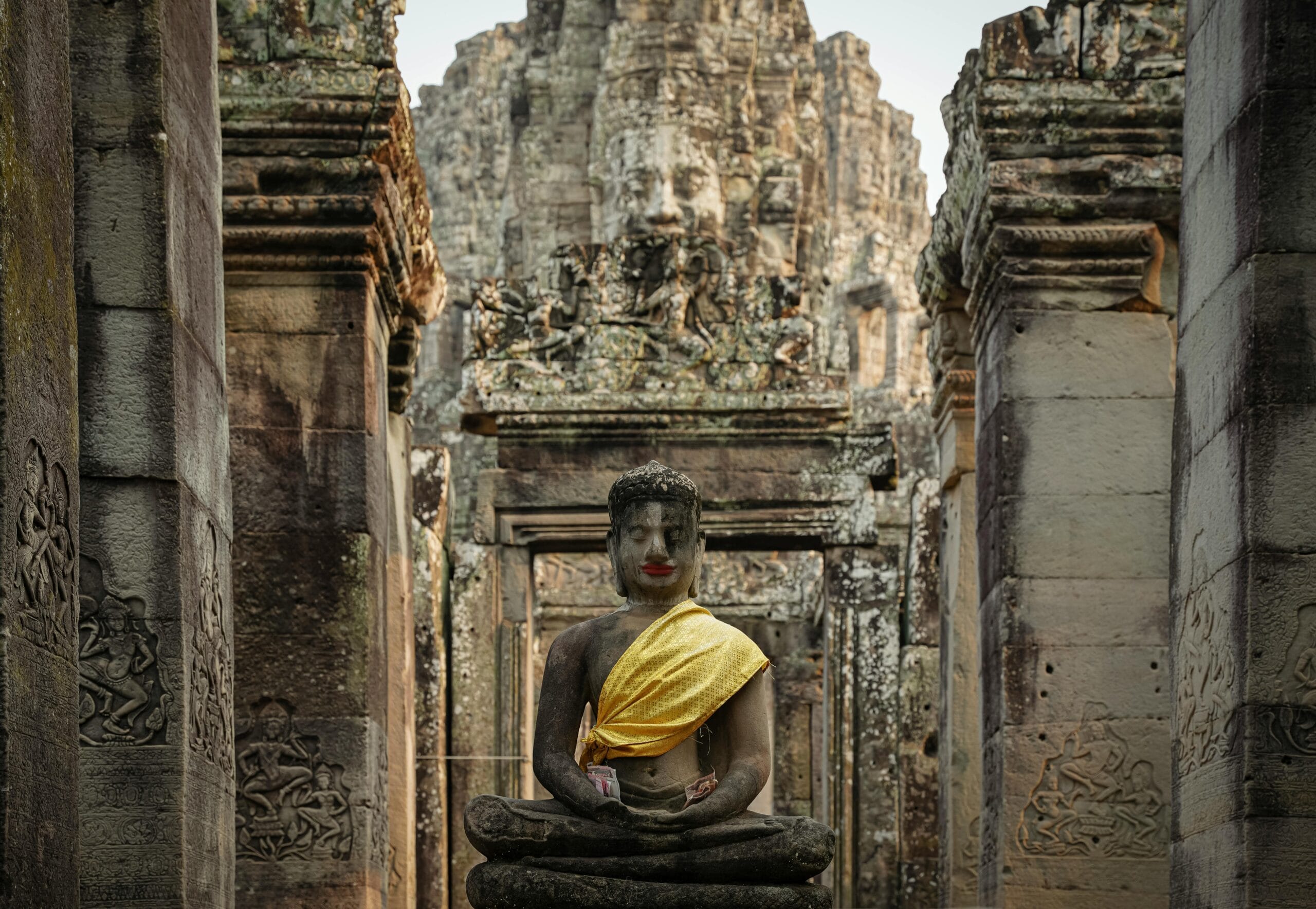Introduction
In today’s digital age, social media platforms like Instagram and Instagram Reels have become deeply ingrained in our daily lives. Are social media platforms truly democratic spaces, or are they digital echo chambers that amplify existing inequalities? While offering avenues for connection and expression, these platforms also inadvertently perpetuate societal biases.
This article delves into the often-overlooked aspect of caste discrimination within Instagram Reels, examining how this popular short-video format can reinforce casteist mindsets and subtly exclude marginalized communities. We will explore the ways in which Instagram Reels can become a tool for maintaining social hierarchies and limiting opportunities for individuals from lower castes. We will also explore how this issue is barely discussed and what can be done to address this.
Table of Contents:
The Pervasive Influence of Instagram Reels
Instagram Reels have exploded in popularity, becoming a dominant form of entertainment and self-expression, especially among young people in India. According to a 2021 report, Indians spend an average of 38-40 minutes per day watching Reels.
This translates to significant exposure to the content being presented, making it crucial to understand the underlying messages these Reels convey. Furthermore, this pervasive influence makes it all the more important to address potential biases.
Reach and Consumption Patterns of Instagram Reels
- Reels are particularly popular among younger demographics, with a significant impact on young girls.
- The Indian Reels industry is estimated to be worth over ₹45,000 crore (approximately $5.4 billion USD), with projections to reach ₹1 lakh crore (approximately $12 billion USD) by 2030.
- Tier 1 and Tier 2 cities account for 70% of Reel viewership, indicating a strong urban presence.

The Allure of Artificiality
The appeal of Reels often lies in their curated and idealized portrayals of life. These bite-sized videos frequently showcase glamorous lifestyles, perfect aesthetics, and seemingly effortless success. However, this artificiality can create unrealistic expectations and contribute to feelings of inadequacy, especially among those who feel excluded from this curated reality. For instance, many feel pressured to conform to unattainable standards showcased on Reels.
The Dark Side: Addiction and Mental Health
The addictive nature of short-form video content is well-documented. The constant stream of stimulating content can lead to decreased attention spans, reduced engagement in real-life activities, and mental health issues.
Furthermore, the pursuit of likes and comments can fuel self-obsessive tendencies and lead to disappointment and depression when validation is not received.
The Subtle Reinforcement of Caste Hierarchies
While overt displays of caste discrimination are becoming less common, Instagram Reels can subtly reinforce existing social hierarchies by promoting a dominant narrative that marginalises certain communities. This occurs through:
The Dominance of Savarna Aesthetics
Many Reels perpetuate Savarna (upper-caste) beauty standards and lifestyles. These videos often feature individuals from privileged backgrounds showcasing their wealth, fashion, and access to exclusive experiences. This can create a sense of exclusion for those who do not fit this mould and reinforce the idea that certain appearances and lifestyles are more desirable than others.
According to an article published on The Print, the author expresses frustration towards opening Instagram Reels saying that the dominant narrative promotes Savarna beauty.
Exclusion of Bahujan Representation
Bahujan (lower-caste) individuals and their experiences are often absent or misrepresented in Reels. Reels often omit or misrepresent the struggles, perspectives, and cultural expressions of Bahujan individuals, denying them the visibility afforded to dominant groups.
This lack of representation further marginalizes these communities and reinforces the idea that their stories are less important or relevant. According to The Print article, the author complains that the platform seems to prioritize and promote content made by the Savarnas.
Perpetuation of Caste-Based Stereotypes
Reels can also perpetuate harmful stereotypes about different castes. By portraying certain communities in a negative or demeaning light, these videos can reinforce existing prejudices and contribute to discrimination. This can have a real-world impact on individuals from these communities, affecting their opportunities and social standing.
Caste Discrimination: How Instagram’s Algorithm Amplifies Caste Bias
The algorithms that govern social media platforms play a significant role in shaping the content that users see. While these algorithms are designed to personalize content based on user preferences, they can also inadvertently amplify existing biases.
The Instagram algorithm, like others, learns from user behavior, and if users are more likely to engage with content that reinforces casteist stereotypes, the algorithm may prioritize that content, creating a feedback loop that further marginalizes certain communities.
The Echo Chamber Effect
Social media algorithms can create “echo chambers,” where users are primarily exposed to content that confirms their existing beliefs. This can reinforce biases and make it difficult for people to encounter different perspectives.
In the context of caste, this can lead to a situation where individuals from dominant groups are only exposed to content that reinforces their privilege, while those from marginalised communities are further isolated.
Lack of Diversity in Content Creation
The lack of diversity among content creators on Instagram can also contribute to the perpetuation of casteist biases. If the majority of content creators come from privileged backgrounds, their perspectives and experiences will naturally dominate the platform. Consequently, the voices of marginalized communities are often drowned out.
The Appropriation of Dalit Art Forms
Historically, art forms such as music, dance, and theater have been integral to Dalit culture. These forms have served as a means of expression, resistance, and community building. However, with the rise of social media, these art forms are increasingly being appropriated by dominant groups, who often profit from them while failing to acknowledge or compensate the original creators.
According to The Print article, Dalit art forms are appropriated and used by Savarnas which alienates Dalits and Bahujans who do not possess the capital to replicate them. The author refers to the new system as “casteism with good vibes”.
Commodification and Commercialization
The commodification of Dalit art forms can strip them of their cultural significance and reduce them to mere entertainment. This can also lead to the exploitation of Dalit artists, who may be forced to sell their work for low prices to survive. The appropriation of Dalit art forms is a form of cultural violence that erases the history and contributions of marginalized communities.
Reinforcing Social Hierarchies
When dominant groups appropriate Dalit art forms, it reinforces existing social hierarchies. It sends the message that Dalit culture is only valuable when it is filtered through the lens of privilege. This can further marginalize Dalit communities and perpetuate the idea that their culture is inferior.
The Illusion of Equality and Representation
Social media platforms often present themselves as spaces where everyone has an equal voice. However, this is often an illusion. The algorithms that govern these platforms can amplify certain voices while silencing others.
In the context of caste, this can lead to a situation where the voices of dominant groups are overrepresented, while those of marginalised communities are underrepresented.
The Imposition of Savarna Standards
Social media platforms can also impose Savarna standards of beauty, behaviour, and success. This creates a hostile environment for those who do not fit this mould and makes it difficult for them to participate in online communities. The lack of representation and the imposition of dominant norms can reinforce feelings of exclusion and marginalisation.
The Challenge of Online Activism
While social media can be a powerful tool for activism, it also presents challenges. Dalit activists who use social media to challenge caste discrimination often face online harassment, abuse, and censorship. This can make it difficult for them to raise awareness about the issue and mobilise support for their cause. As the author from The Print article mentioned, Dalits face opposition from Savarnas when expressing themselves and discussing caste on social media.
The Need for Critical Engagement and Awareness
It is crucial to approach social media platforms with a critical eye and be aware of the ways in which they can perpetuate societal biases. This includes recognising the subtle forms of caste discrimination that can occur within Instagram Reels and other online spaces. By challenging these biases and promoting more inclusive content, we can help create a more equitable online environment.
Promoting Diversity and Inclusion
Social media platforms should actively promote diversity and inclusion by amplifying the voices of marginalised communities and ensuring that their stories are heard. This can be achieved if social media platforms use targeted outreach programs, algorithm adjustments, and content moderation policies that are sensitive to the needs of different groups.
Supporting Dalit Content Creators
It is essential to support Dalit content creators and help them gain visibility on social media platforms. This can be done by following their accounts, sharing their content, and engaging in respectful dialogue. By amplifying their voices, we can help challenge existing biases and promote a more nuanced understanding of Dalit experiences.
Demanding Accountability
Social media platforms should be held accountable for the content that is shared on their platforms. This includes implementing policies that prohibit casteist hate speech and discrimination, as well as investing in resources to moderate content and address complaints.
What Can You Do?
The fight against caste discrimination in the digital space is an ongoing process. Here are some concrete steps you can take to contribute to a more equitable online environment, advocating for change and challenging the status quo:
- Be mindful of the content you consume: Actively seek out diverse perspectives and challenge your own biases.
- Support marginalized voices: Follow and amplify the work of Dalit and Bahujan content creators.
- Speak out against discrimination: Challenge casteist remarks and stereotypes whenever you encounter them online, becoming an active bystander.
- Demand accountability from social media platforms: Encourage platforms to implement policies that promote diversity, inclusion, and content moderation, holding them responsible for fostering an inclusive digital space.
By taking these steps, we can work together to create a more inclusive and equitable online environment where everyone has the opportunity to thrive.
Disclaimer:
- Caste: A system of social stratification historically prevalent in India, characterized by hereditary social groups with varying degrees of social status and privilege.
- Savarna: A term used to refer to the upper castes in the traditional Hindu caste system.
- Bahujan: A term used to refer to the lower castes and marginalized communities in India.
- Dalit: A term used to refer to the lowest castes in the traditional Hindu caste system, who have historically faced severe discrimination and social exclusion.
Read more about Casteism in Cricket.
Read more about IIT IIM Reservation and data backed analysis.
Do you disagree with this article? If you have strong evidence to back up your claims, we invite you to join our live debates every Sunday, Tuesday, and Thursday on YouTube. Let’s engage in a respectful, evidence-based discussion to uncover the truth. Watch the latest debate on this topic below and share your perspective!

